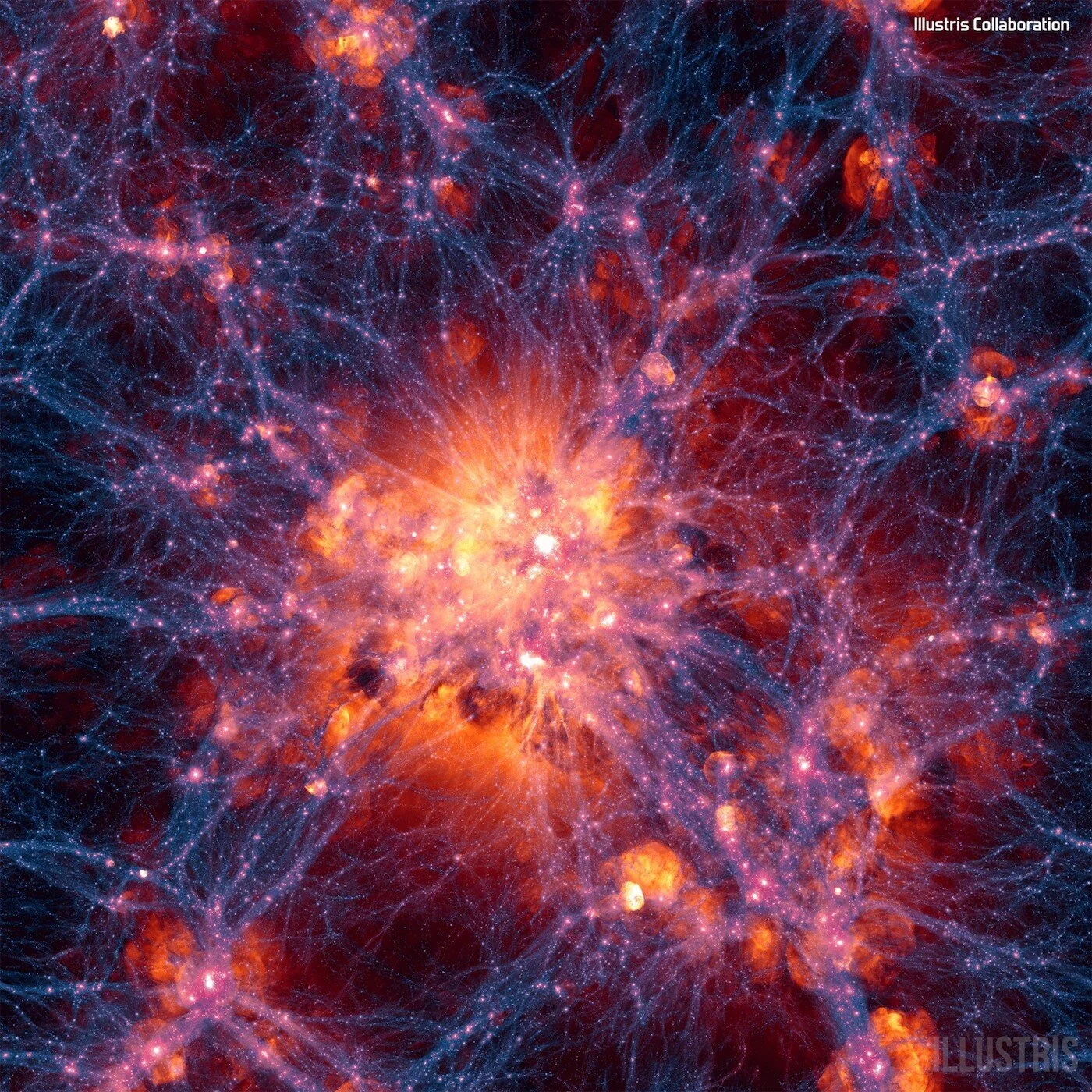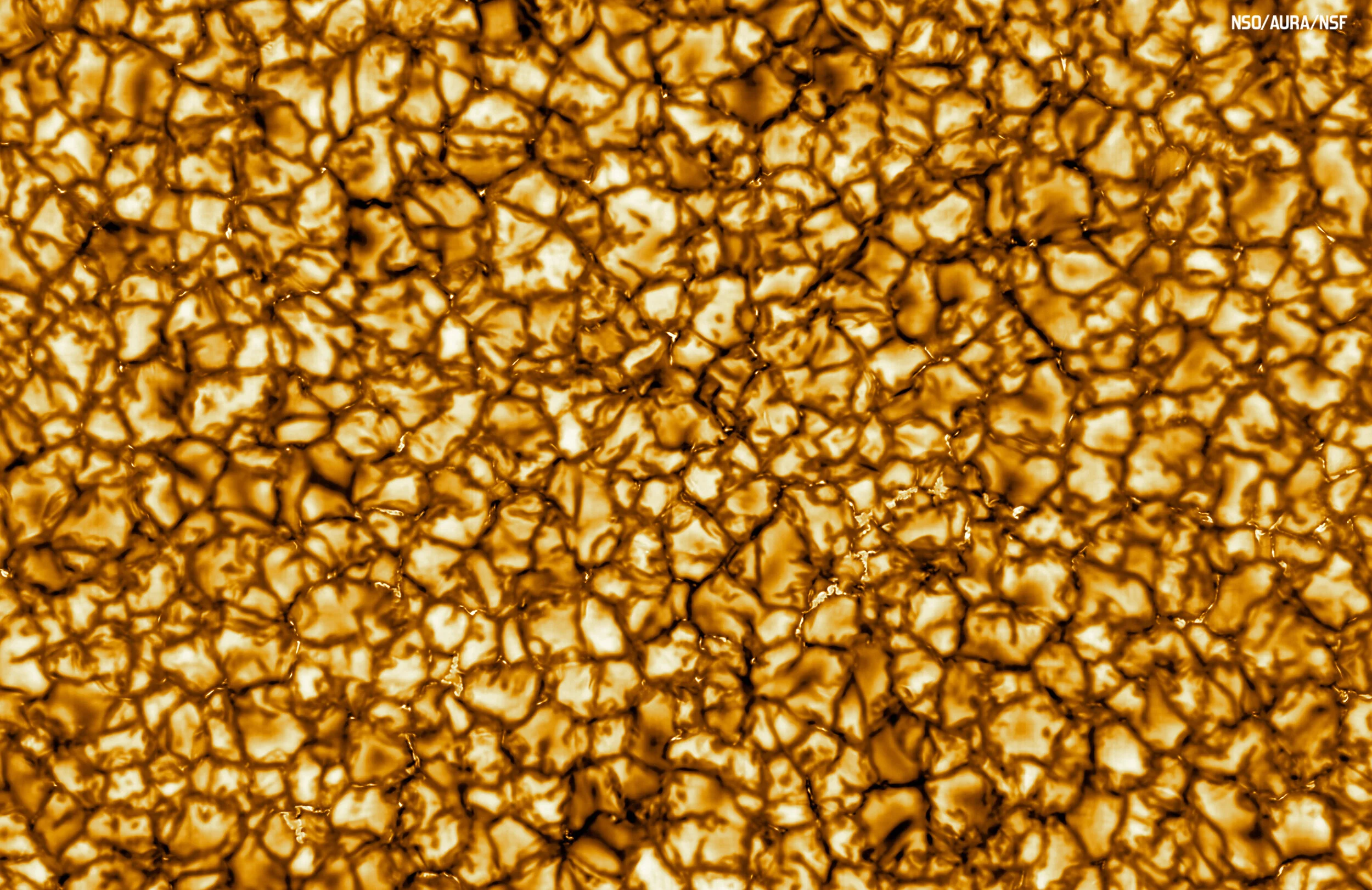
68: Birth Of A Planet
The planets we see around us in the galaxy haven't just been hanging around forever, you know. We're pretty sure they must have formed at some point in the past, and more are forming right now, presumably. But it's a rare treat to actually see a planet's birth in progress, which is what astronomers have managed to do recently — in staggering detail!

67: The Mystery of Dark Matter — Live from the York Festival of Ideas!
Live! from the York Festival of Ideas online program, a zoomtastic chat about dark matter — the strange, unknown stuff that comprises only, what, 80% or more of the matter in the universe. What is it? Why is it? How is it? Emily gives the lowdown on one of astronomy's more embarrassing problems, before we welcome guests Mikhail Bashkanov and Dan Watts, physicists at the University of York who have found something veeeery interesting. It's an exotic particle — a hexaquark, to be exact — that just might solve this cosmic mystery.

66: Inscrutable Neutrons & Perplexing Pulsars
Neutron stars are weird. Pulsars are weird. All pulsars are neutron stars. Are all neutron stars pulsars? Hmmm. How are they born? Do they die? Are they all the same? How big are they? Do pulsars all spin at the same rate? Or do they speed up, or slow down? So many questions — and we can thank Fabulous Listener Dave Weingartner for getting in touch to ask!

65: Burbidge Burbidge Fowler & Hoyle
In 1957, a paper was published in Reviews of Modern Physics that changed astrophysics at its core. Well, we say "paper" — it was more of a tome: a hundred pages of research and review that laid out in detail how the elements of the periodic table are made in nuclear processes in stars and supernovae. The authors — Margaret and Geoffrey Burbidge, William Fowler and Fred Hoyle — are all legendary figures in astrophysics. The last of the authors, Margaret Burbidge, died on 5 April 2020 at the age of 100. We look back on the lives and contributions to astronomy of this great quartet of scientists, focussing on their pivotal B-squared-F-H paper.

64: Almost A Good Comet
Everyone's heard of the famous comets: Halley, McNaught, Hale-Bopp, the Great Comet of 1844. Ok, maybe not that last one. Earlier this year astronomers got very excited about a new comet, called Atlas, winging its way through the Solar System. The Great Comet of 2020? Atlas promised to be quite a show ... until it didn't.

63: A Pair Of Delta Scuti Lambda Boos
Weirdest episode title ever! From her lockdown bunker in Preston, Emily joins Chris for a special social-distanced episode, talking about a weird binary system found in the TESS data recently. One of the stars is pulsating, but only on one side — which doesn’t happen very often. In fact, this is a first for astronomy, which is always exciting. The star may be close to overloading its Roche lobe, which doesn’t sound good at all. And of course, we’re almost through our run of Super Moons for 2020, with a Pink Moon in April and a Flower Moon in May, so naturally Emily has been on the radio again …

62: The Cosmic Sponge
Space is big, as Douglas Adams so succinctly put it. But how big? And what does the Universe look like when you see it at those scales. The structure of the large-scale cosmos is amazing — beyond galaxies, beyond clusters of galaxies, we're talking super-mega-ludicrous clusters. Clusters of clusters. Madness. In the last 20 years two advances have given us a glimpse of the Universe at these largest scales: surveys of galaxies that map out the cosmos in fine detail, and stupendously complex simulations on powerful supercomputers. At the heart of it all, responsible for the intriguing filaments and walls and voids — the cosmic sponge itself — we find an old, mysterious, dark friend.

61: Biggest Bang Eva!
Astronomers have spotted a void, a cavity, a big hole in the intergalactic stuff in a cluster of galaxies far away. And this thing is big. Very big — fifteen Milky Way Galaxies across. The void was created by a stupendously energetic jet erupting from a Super Massive Black Hole in the centre of one of the galaxies, and when they did the maths, the researchers realised they were looking at the aftermath of the biggest explosion since ... well, since the Big Bang itself!

60: Big Moons!
Super Snow Moon. Super Worm Moon. Super Pink Moon. Super Flower Moon. We're tripping over the Super Moons this year, there's so many lying around all over the place. Why so many? And what is a Super Moon anyway? Does it matter? What even is a month? Does that matter either? And — most importantly — is the moon bigger near the horizon? Emily's here with all the answers.

59: Living With A Star
The Sun — so close, we can almost touch it. (Don't, that would be bad.) Yet astronomers have so much to learn about our nearest star. Just a few weeks ago, the ESA Solar Orbiter launched, off on a mission to orbit the sun (hence the name) and catch a good look at the Sun's poles for the first time. It joins the Parker Solar Probe, which is lining up to take some deep dives nice and close to the Sun. And to top it all off, the world's largest ground-based solar observatory, the Daniel K. Inouye Telescope, just took some a-maz-ing images of the Sun's surface.
